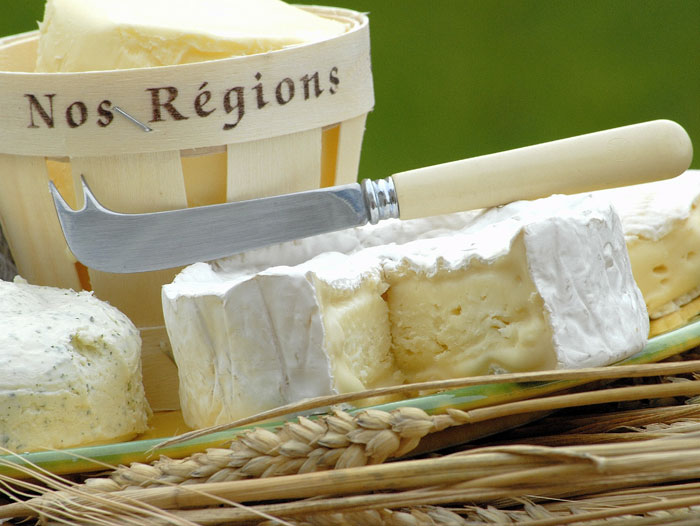Penicillium Camemberti: A History of Domestication on Cheese
October 9, 2020 | 1 min to read

The white, fluffy layer that covers Camembert is made of a mold resulting from human selection, similar to the way dogs were domesticated from wolves. A collaboration involving French scientists from the CNRS has shown, through genomic analyses and laboratory experiments, that the mold Penicillium camemberti is the result of a domestication process that took place in several stages.
According to their work, a first domestication event resulted in the blue-green mold P. biforme, which is used, for example, for making fresh goat’s cheese.
A second, more recent domestication event resulted in the white and fluffy P. camemberti.
To read the rest of the story, please go to: CNRS / PHYS ORG
